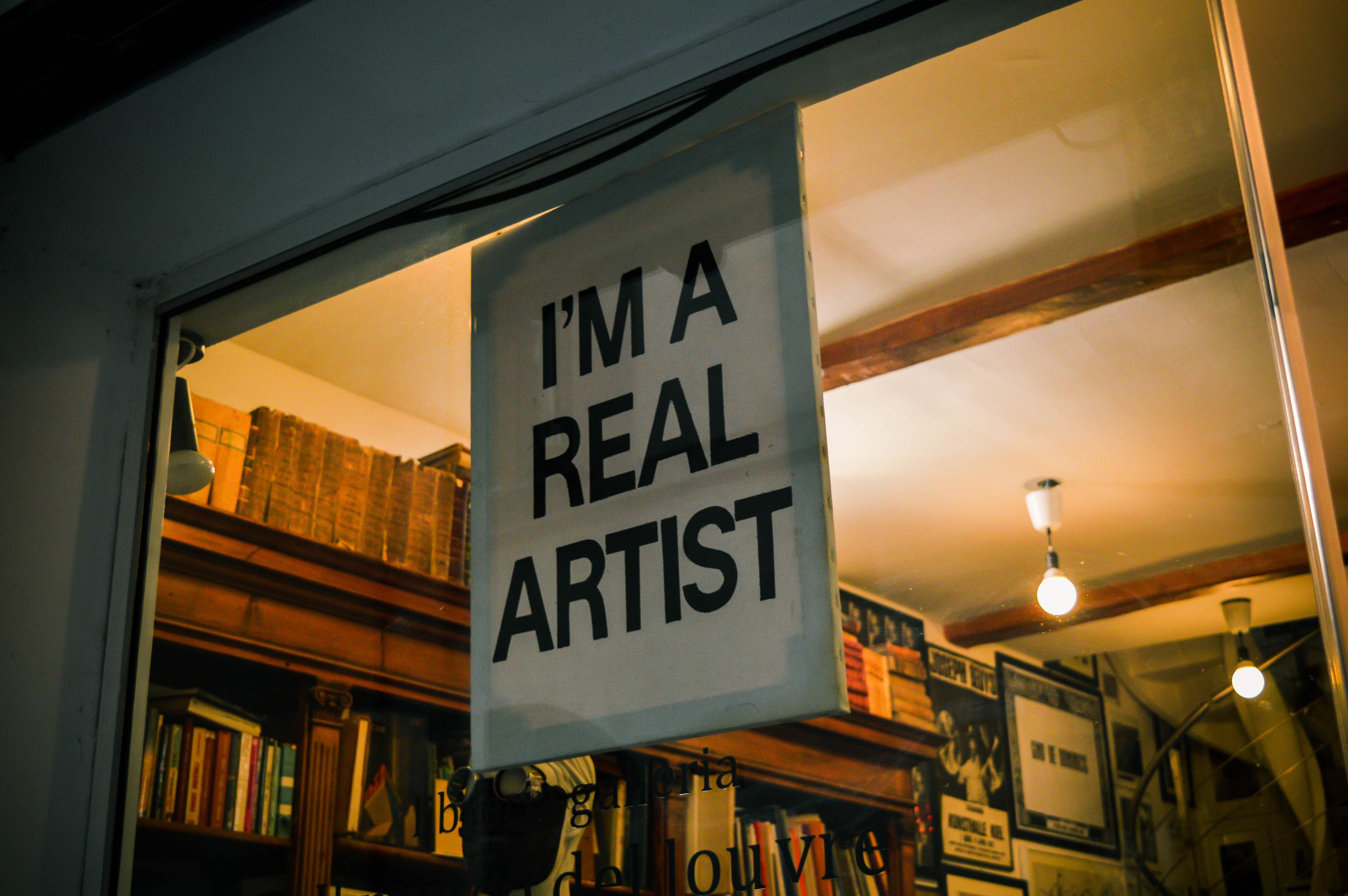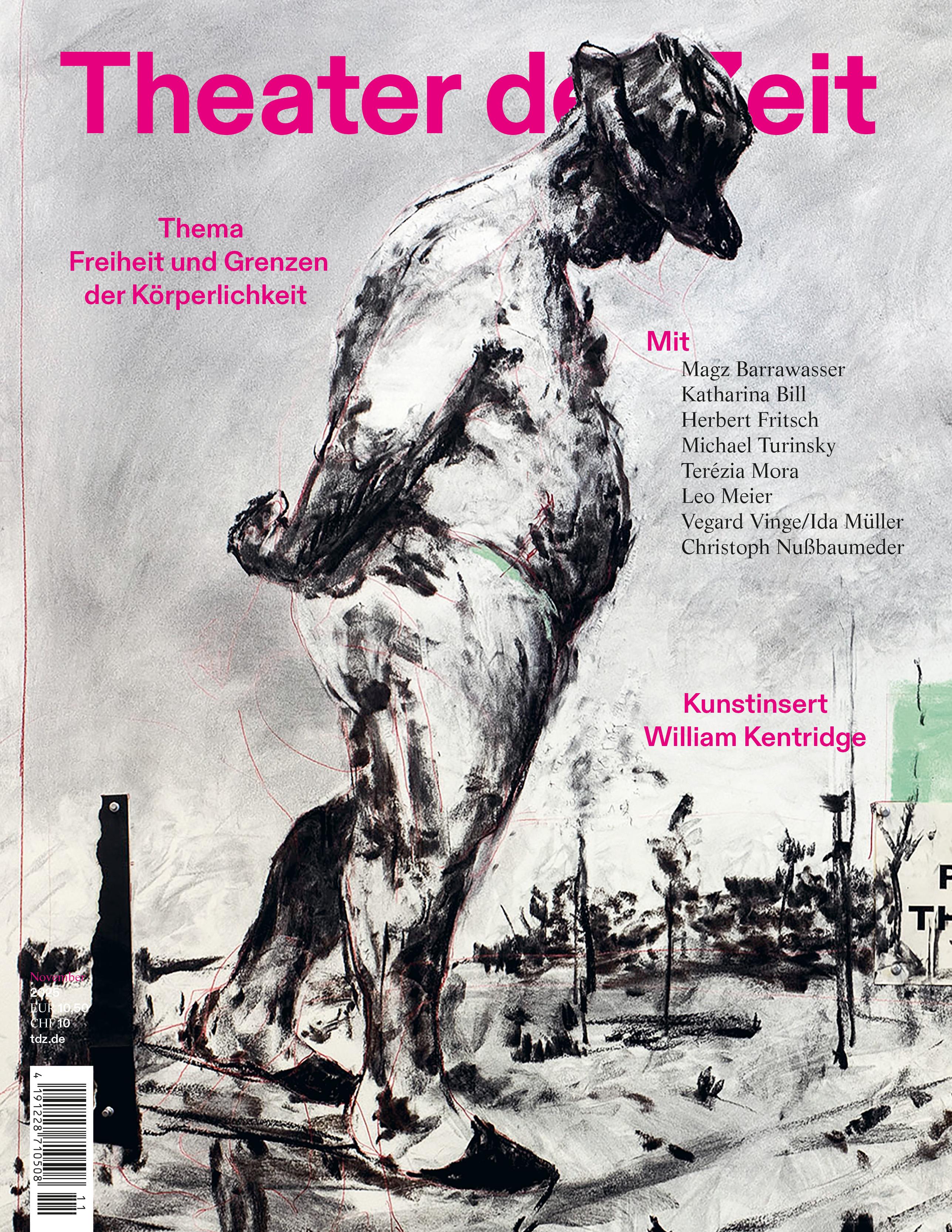Theatre – Audience – Future
Direct(ing) responsibility
How directors can make the world a better place
von Julia Dina Heße
Erschienen in: ixypsilonzett: Directing in Theatre for Young Audiences (05/2020)
Assoziationen: Dossier: Zukunft des Kinder- und Jugendtheaters
A growing fragmentation of society, global radicalisation and crises like climate change, also lead to new and urgent discussions about the distribution of power within the theatre system. Directors’ responsibilities affect different areas of their work.
1. Responsibility for artistic creation: What happens in the production process and what do you experience in the auditorium?
2. Responsibility for the working process: How is the production created?
3. Responsibility for the audience: How is the audience involved in a production, how are children’s and young people’s voices heard?
Ideally, directors regard theatre and the performing arts as a social laboratory in which to formulate social visions. These are created and developed in a transdisciplinary fashion and refer directly to a diverse environment and society. Equally diverse are the artistic strategies with which artists repeatedly address current issues with newly developed aesthetic forms and, in doing so, engage with society in order to enable change, reflect on diversity and reveal power structures.
The future begins with the decisions and actions we make in the here and now. What responsibility can mean in the performing arts today can be guessed and hoped for in current directing personalities and styles. In the following I have selected aspects from current discussions and movements that I think I can recognise in TYA and have summarised them in succinct theses on directors’ responsibilities. The theses also point beyond the theatre.
Directors and responsibility
1. … for artistic creation:
Directors know what they can do and what they want to develop with each work. They choose their means and formats, possess a command of their own theatrical language and constantly re-examine their view of their work. They are curious about special and unusual forms of expression without bowing to trends or constraints from the organisation that commissions them or the audience. They struggle for the best possible artistic result, revise their concepts in the process and remain true to their artistic vision. Directors strive to constantly rethink and further develop the performing arts. They see theatre as an unfinished process of constant change. In their search for contemporary aesthetics and sustainable narrative strategies, directors juxtapose different methods of artistic production. Their mode of expression is based on the invention of new concepts and ways to interpret the world. Their work turns this vision into a sensual experience.
2. … for the working process
Directors are responsible for the entire production team and the working atmosphere in the rehearsal process, which is shaped by all those involved. They work on turning their artistic concept into the joint work of all participants. This requires transparency and openness on the one hand, clarity and determination on the other. A director should contribute to a pleasant, respectful and healthy working atmosphere. The director creates transparent hierarchies and does not deny them.
Directors increasingly fulfil an impulse-giving and organising function, rather than a classically leading one. They know no more about the outcome of a rehearsal/improvisation than the other participants. Thanks to their observational position, they can mould different ideas and offers into something whole or something completely different, keep the process moving and repeatedly anticipate or reject possible results.
3. … for the audience
Directors are in direct exchange with the children and young people for whom they are currently working. They are interested in gaining an insight into their views and viewing habits in order to establish an appropriate relationship between narrative strategies and aesthetics. This means that abstractions and codes are created which simultaneously start with the familiar and rub up against it, thereby presenting a challenge. Directors are aware of why they want to perform a certain material for a certain audience and take a stance both in terms of content and aesthetics. Directors reflect critically on their attitude towards their audience: what attributions are made, how do stage and audience communicate , how great is the influence of the target group on the artistic process and its outcome?
Questions on social responsibility
Directors, along with the other artists, place their work in a public space. In doing so, they repeatedly raise the question of the responsibility and pioneering role of the theatre - even beyond the scenic event. How political does a director have to be, which current social issues does he or she have to be passionate about, what are his or her concerns? Where does the director’s responsibility as an artist end and merge into a responsibility as a citizen of a local society and a responsibility as a world citizen? Are his or her attitudes expressed solely in the finished production or also with regard to working methods in rehearsals? Should directors advocate fair pay and rest periods for their ensemble at their particular theatre? And should they think about the ecological footprint of their production? Are privileged directors prepared to draw conclusions in favour of directors from non-privileged groups and, for example, forego an engagement?
Limits for directors?!
Even though directors and theatres should refuse to be put at the service of politics, ideology or morals, they can contribute to a necessary global change in values and invent new and different stories, and tell stories about how to make the world a better place. The contents and forms of these stories call for things that have not yet been thought, not yet said, not yet done, so that they cannot be restrictive but rather inspire artistic processes and debates. One challenge, however, is that art by definition works on sensory impressions, but action has a social dimension. It is (mostly and in many places) one of the privileges and advantages of art that it has no immediate consequences or impacts in reality. Thus art becomes a space of possibility, an open world to which everyone can belong. Art is not there to enforce one’s own goals and convictions, but to change perspectives and initiate (learning) processes. At the same time, theatre is a public space. Thus it can be part of something bigger, a place of exchange and social networking. To what extent, then, can and will directors for young audiences use their art to move audiences from simply watching to being involved and from there to concrete action? And to what extent do directors want to or are allowed to dictate the goals of these actions? We are currently trying out various answers to these questions and will continue to do so in the laboratory we call theatre.
Julia Dina Heße is a freelance director and deputy chair of ASSITEJ Germany. She lives in Wiesbaden (Germany)
















